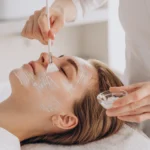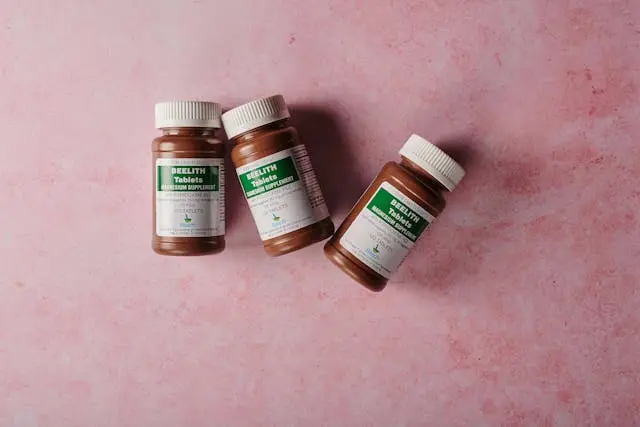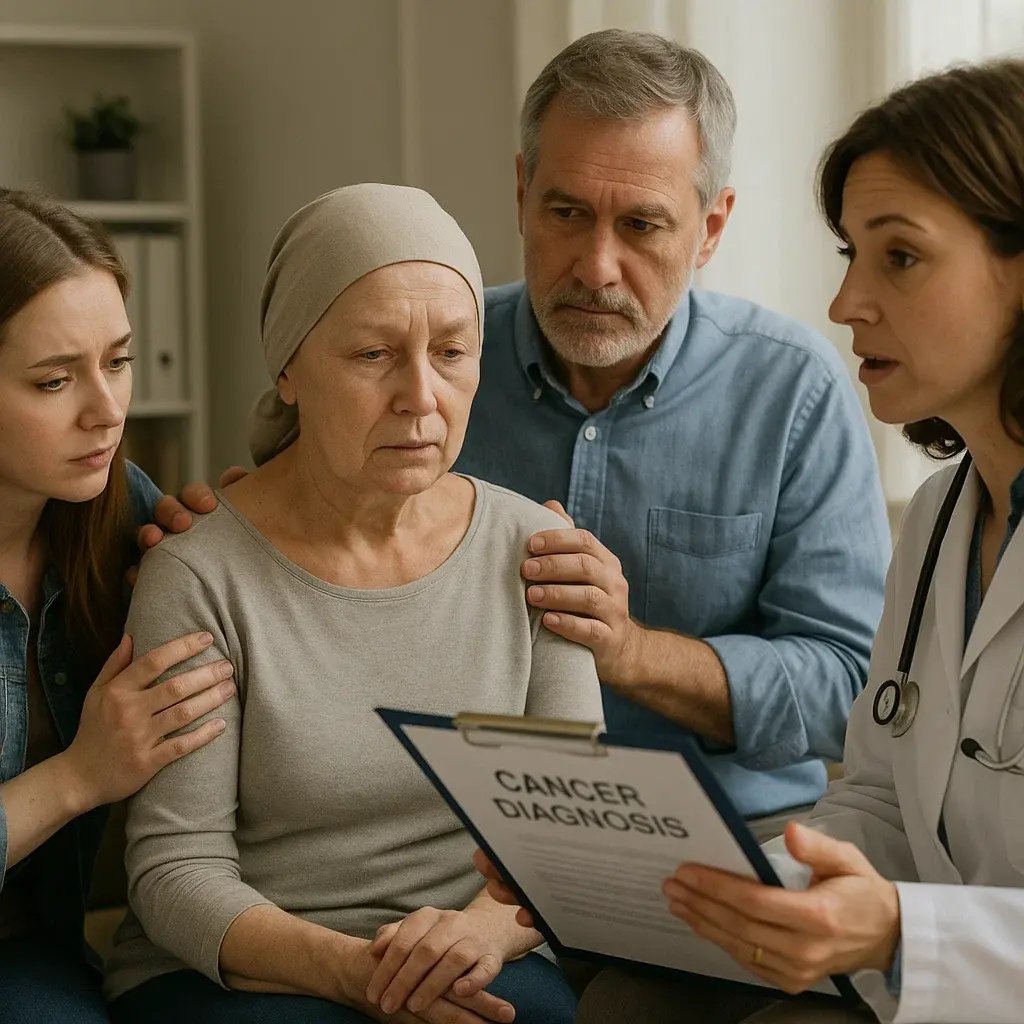What is Hormone Replacement Therapy? Hormone replacement therapy (HRT) is a medical treatment used to relieve symptoms of menopause by replenishing the body’s hormone levels—primarily estrogen and sometimes progesterone. As hormone levels drop during menopause, many women experience symptoms like hot flashes, vaginal dryness, and night sweats. HRT helps balance those hormone levels to reduce …
What is Hormone Replacement Therapy?
Hormone replacement therapy (HRT) is a medical treatment used to relieve symptoms of menopause by replenishing the body’s hormone levels—primarily estrogen and sometimes progesterone. As hormone levels drop during menopause, many women experience symptoms like hot flashes, vaginal dryness, and night sweats. HRT helps balance those hormone levels to reduce discomfort and improve quality of life.
How does hormone replacement therapy work?
HRT works by replacing the hormones your body no longer produces in sufficient amounts. This helps manage symptoms of menopause, particularly those caused by low estrogen levels. Hormone therapy for menopause can be taken in various forms—pills, skin patches, gels, sprays, or vaginal rings—depending on your needs and health history.
What are the types of hormone used in therapy?
There are different types of hormone therapy, usually involving:
- Estrogen-only therapy – typically for women who’ve had a hysterectomy.
- Combination therapy – includes both estrogen and progestin (a form of progesterone), used for women who still have a uterus to reduce the risk of endometrial cancer.
What is the difference between estrogen therapy and combination therapy?
Estrogen therapy (ET) focuses solely on replenishing estrogen and is often safer for those without a uterus. Combination therapy, on the other hand, is necessary if you still have your uterus, as estrogen-only therapy may increase the risk of uterine cancer. The added progestin helps protect the uterine lining.
What are the Benefits and Risks of HRT?
What are the benefits of hormone therapy for menopause?
Hormone therapy may:
- Reduce hot flashes and night sweats
- Improve vaginal dryness
- Help with sleep, mood, and concentration
- Prevent bone loss and reduce the risk of osteoporosis
- Improve overall quality of life for women experiencing early menopause
What are the potential risks associated with taking HRT?
Like any treatment, HRT may come with side effects and risks. These can include:
- Nausea
- Bloating
- Breast tenderness
- Headaches
More serious risks:
- Blood clots
- Stroke
- Heart disease
- Breast cancer risk (especially with long-term combination therapy)
How does HRT affect breast cancer risk?
There’s evidence that combination therapy may increase the risk of breast cancer, particularly with prolonged use. Estrogen-only therapy, especially when started within 10 years of menopause, appears to carry a lower increased risk of breast cancer, but it’s still a consideration.
How to Decide if HRT is Right for You?
What factors should be considered before taking hormone replacement therapy?
Your medical history, age, timing, and type of menopause (natural vs. surgical) all matter. Women who start HRT within 10 years of menopause or before age 60 may see more benefits than risks. If you have a history of blood clots, breast cancer, or heart disease, alternatives may be safer.
How can you help finding a certified menopause specialist?
Start with your OB/GYN or visit the North American Menopause Society website to find certified professionals who specialize in menopausal hormone therapy. A qualified provider will help you weigh the risks and benefits specific to your health.
When is the best time to take HRT?
The earlier you begin—ideally within 10 years of menopause—the more likely you are to benefit and reduce risks. However, starting later may still help with specific menopause symptoms, especially vaginal issues.
What Are the Common Symptoms of Menopause Treated by HRT?
How does hormone therapy help with hot flashes and night sweats?
Hot flashes and night sweats are among the most common and disruptive symptoms. HRT is the most effective treatment to treat menopause symptoms caused by low estrogen, offering fast relief for many women.
Can HRT alleviate vaginal dryness?
Yes. For vaginal dryness, low-dose local therapy like estrogen creams or vaginal rings can offer direct relief without impacting the entire body. This is a great option for women who don’t need systemic therapy.
How does HRT impact bone loss and osteoporosis?
Estrogen plays a vital role in maintaining bone density. HRT may help slow down bone loss and prevent osteoporosis, especially in women with early menopause or high risk for fractures.
What are the Different Types of HRT?
What are the differences between systemic therapy and local therapy?
- Systemic therapy: Hormones circulate throughout the body—helpful for multiple symptoms like hot flashes, bone loss, and mood swings.
- Local therapy: Targets the vaginal area only. Best for treating vaginal dryness and irritation.
What is compounded hormone therapy?
Compounded hormone therapy involves custom-mixed hormones, often promoted as “bioidentical.” However, they aren’t FDA-approved, and their safety and dosing consistency can vary. Be cautious and consult a menopause society-certified provider.
What are the options available for estrogen-only therapy?
Estrogen-only therapy comes in various forms:
- Oral pills/capsules
- Skin patch
- Gel or spray
- Vaginal ring or tablet
The type of HRT depends on your symptoms, health status, and personal preferences.
How to Monitor and Manage HRT Effectively?
What should you expect during follow-up visits after starting HRT?
Regular check-ins help ensure that your symptoms are improving and that you’re tolerating the therapy well. Your provider may adjust the dose or form based on how your body responds and monitor any effects of hormone therapy.
How to manage side effects of hormone replacement therapy?
Most side effects improve over time, but if not, switching to another type of HRT or form (like changing from oral to skin patch) might help. Tracking your symptoms and staying in touch with your provider is key.
What lifestyle changes can enhance the effectiveness of HRT?
- Stay active (weight-bearing exercises are great for bones)
- Eat a healthy diet rich in calcium and vitamin D
- Limit alcohol and quit smoking
- Manage stress
These habits work hand-in-hand with HRT to reduce menopause symptoms and long-term health risks.
Final Thoughts: Hormone replacement therapy isn’t a one-size-fits-all solution. It’s a personal decision that depends on your symptoms of menopause, health history, and goals. Talk to a qualified provider and take time to understand both the risks and benefits. If you choose to take HRT, make sure it’s monitored closely and tailored to your evolving needs.
At Family First Urgent Care in Conroe, TX, we offer compassionate, personalized care for those navigating menopause and hormone imbalances. Whether you’re considering Hormone Replacement Therapy (HRT) or seeking relief from menopause symptoms, our team provides clear guidance and ongoing support to help you feel your best. Call us today at (936) 235-2825 or visit our website to learn more about how we can assist you in achieving hormonal balance and well-being.





